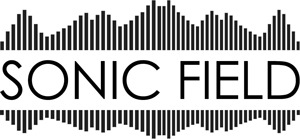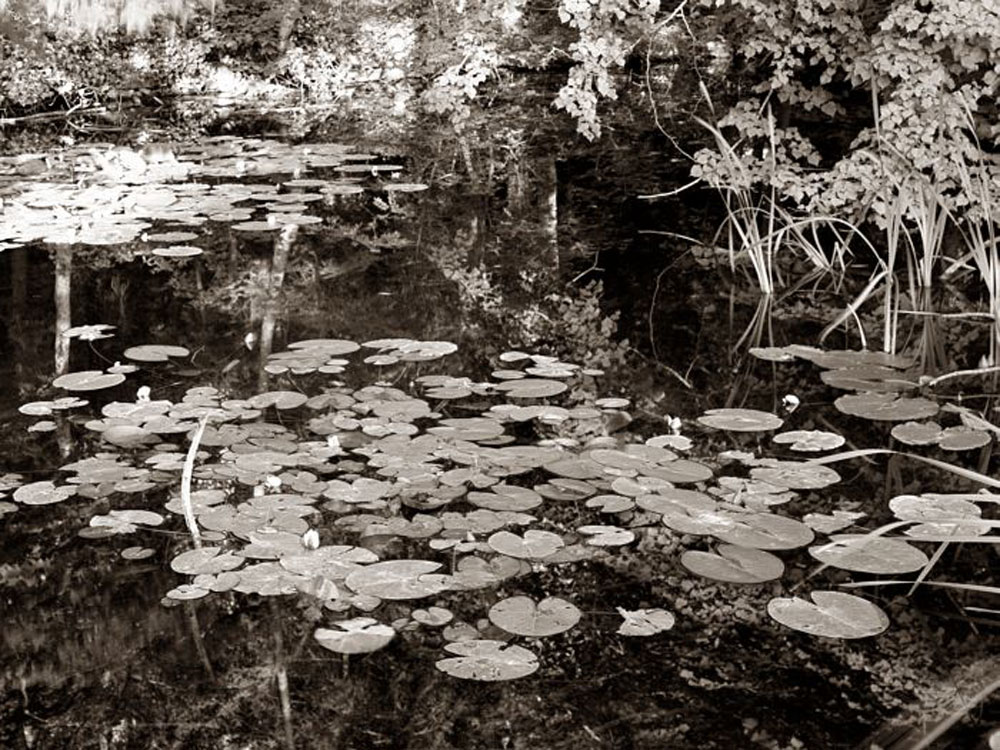Donadea forest. TOM LAWRENCE
(Touch 2008)
Tom Lawrence, who died unexpectedly in October 2011, had begun to make a significant impact in the field recording community with his excellent work Water Beetles of Pollardstown Fen, released on Gruenrekorder. He also contributed to TouchRadio with The Lough’s Breath and with this work, Donadea Forest Recordings, December 2007 to May 2008.
These short Irish soundscapes are very well recorded, expertly framed and beautifully mastered, with attention to detail, balance, panorama and an elegant conceptual leaning in more than one of the individual pieces. My only criticism, no fault of the artist, is that the work has to be listened to as an mp3.
The first piece Castle Crow’s Cacophony (31st December 2007, 7.20am) is an engaging and comforting birdscape, so familiar on one level yet able to catch your attention by means of its dislocation.
January Gales 9th January 2008 10.45pm (contains references to 9/11 forest monument and the avenue of trees, captured with contact mics) is perhaps the strongest piece, tight and up front, a superb representation, the lower frequencies coming at you frontally, then the higher gusts and whoops panning out to the sides, with that excellent sub thrumming away in the background, though much of it lost or swamped in artefacts as a result of the mp3 compression. The contact microphone recordings appear prominently later in the piece, adding richness by way of their timbral and spectral contrast.
Forest Rain 12th January 2008 1.15am (extensive flooding) is crystal clear, expertly equalised and ‘musical’ without being over-processed to sound symphonic, or something similar, a trend I’ve heard recently on some over-hyped field recording based work and which harks back to the worst excesses of the soundscapeists.
Forest Harmonics 8th March 2008 6.20-11.50am (sampled forest chimes, forestry felling, and the ‘carbon chorus’ [surrounding motorways]).
This piece is in stark contrast to those preceding: a tonal passage of drawn out chimes, like tuned wave forms. The slow, dreamy passage recedes in the wake of a graceful crossfade, giving way to recordings of cars. I’ve always found traffic sounds difficult to work with. Some artists have specialised to an extent and have met with varying degrees of success. Here, the recordings work well, the passage is not too long and is well contextualised. I always think of Tati’s Trafic as an example of how to breathe new life into something ordinary, but then working with the moving image offers so many more options. Overall I was struck by the richness of the stereo image and by the very effective conceptual link between ‘carbon’ and dawn choruses.
The Dawn Chorus (recorded on National Dawn Chorus Day 20th May 2008, 4.35am) offers us a splendid lesson in counterpoint and polyphony, courtesy of the feathered friends. In particular the wood pigeons seem to be in fine voice (mainly because I can’t identify the others…). I’ve always been struck by the near perfect flow and balance of these seasonal performances and I always end up asking myself the same question – did they evolve to please us or did we evolve to appreciate them? Finally, we hear an aircraft intruding, a threat or perhaps simply a reminder. Certainly a statement of some sort by virtue of the fact that the artist chose to let us listen to it. And I could swear that the birds sing even louder in defiance.
With the passing of Tom Lawrence we have lost an original and inspiring voice in the field recording community. His work will no doubt stand as an important landmark for new generations of field recordists and above all will strengthen the argument for protecting our natural environments.
– Caity Kerr


